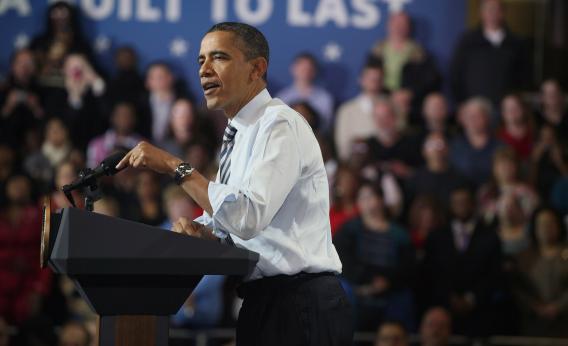In a new column, I praise the Obama administration’s business tax reform plan but take aim at the idea of special subsidies for manufacturing. I’ll cop to being annoyed by factory-coddling to an extent that’s disproportionate to the concrete impact that these kind of policies have, but I think nostalgianomics does real harm to the mindshare of the American public dialogue. We have no real choice but to try to make the service economy work better for people. That means better financial regulation and better education. It means a fairer smarter tax code. And thumbs up to Obama on all that stuff.
But I think it also means thinking in a fundamental way about what a service economy looks like, and what the real dynamics of opportunity are in a world where most people are doing things for other people rather than making stuff that gets put in a box and shipped around the country. This is the major theme of The Rent Is Too Damn High, that real estate dynamics shouldn’t be walled off as an “affordable housing” issue for the poor or as a lifestyle issue for yuppies in fashionable cities but actually seen as a core driver of macro trends affecting nationwide wages and living standards. Cities are where people come together to trade “untradeable” services and how we organize them is fundamental to what kind of opportunities those jobs will offer.
